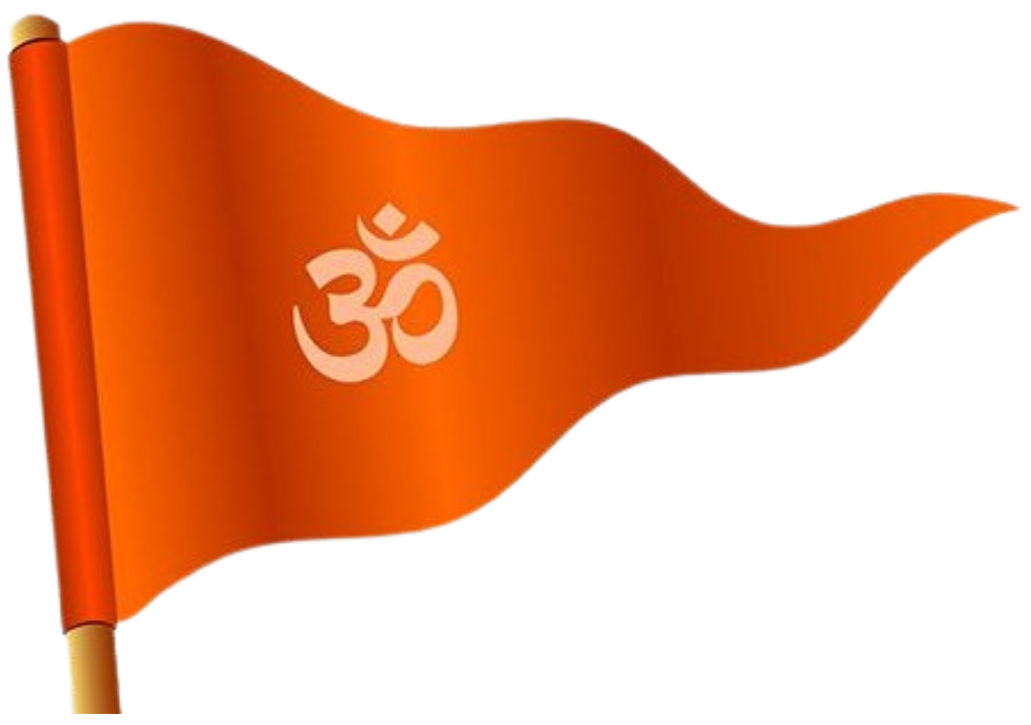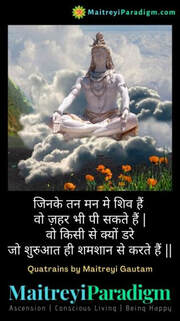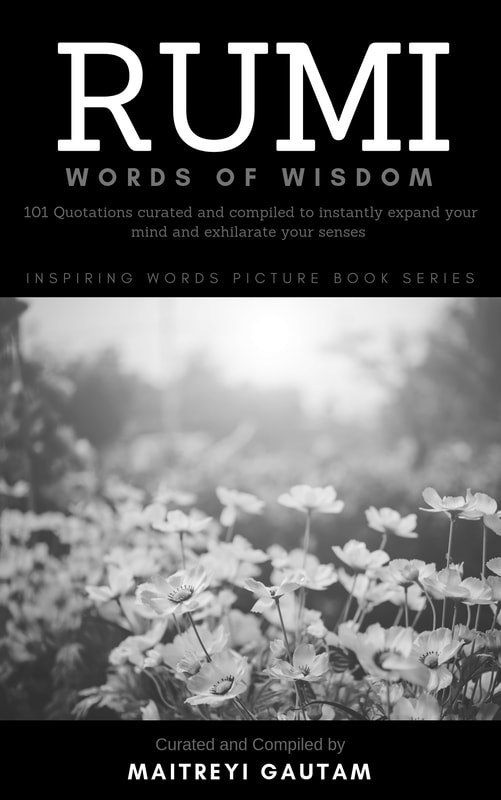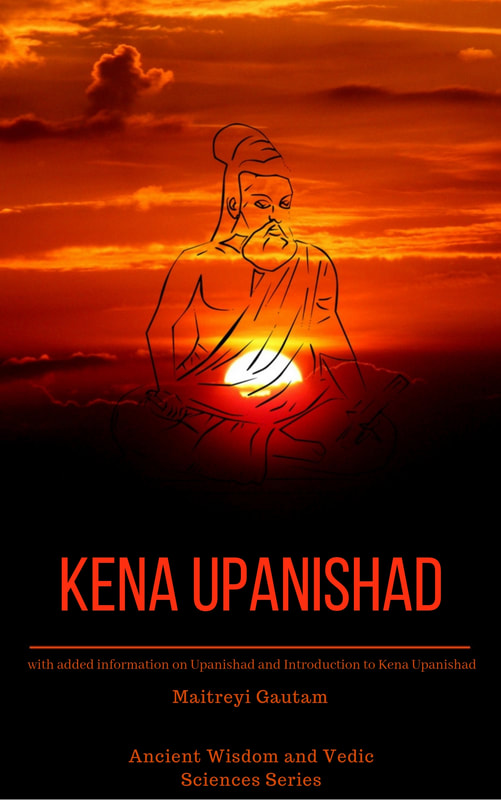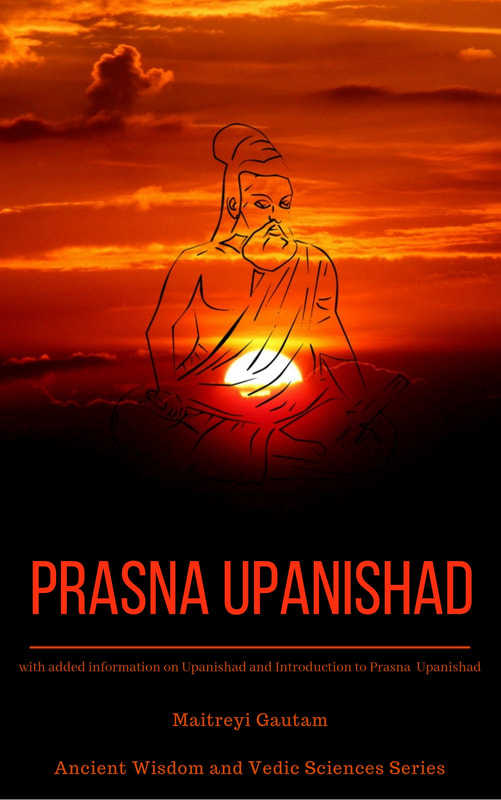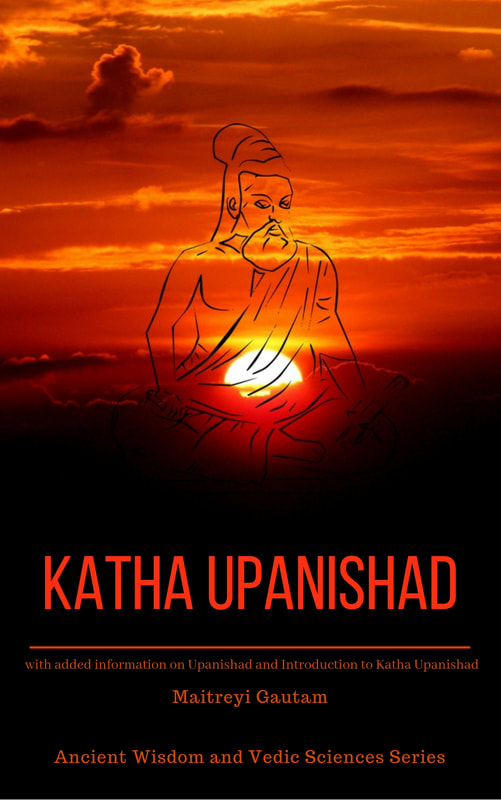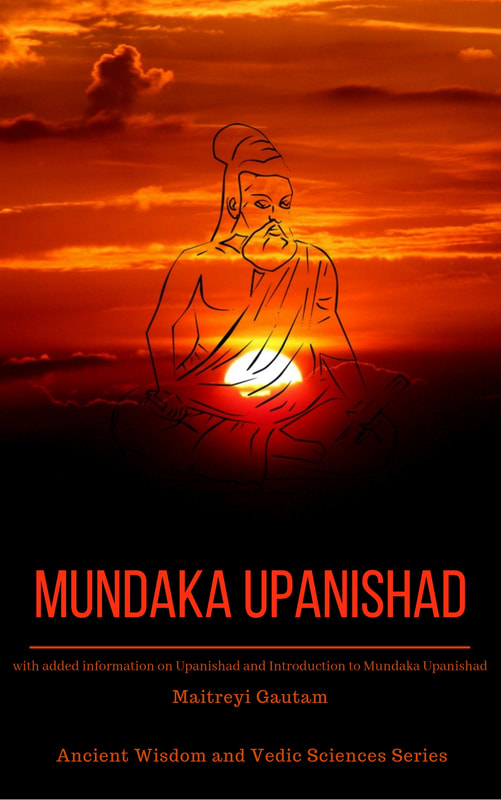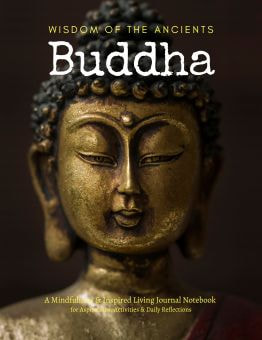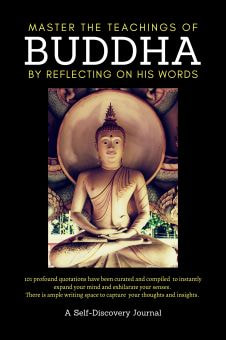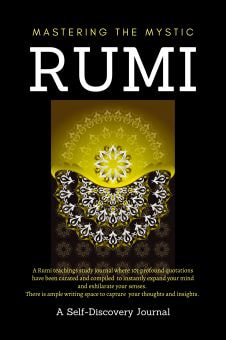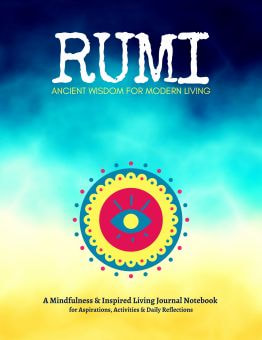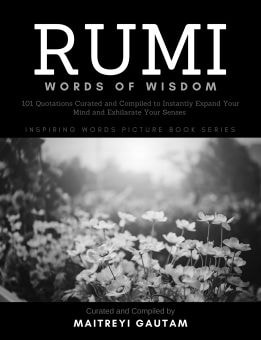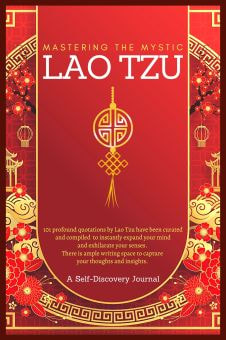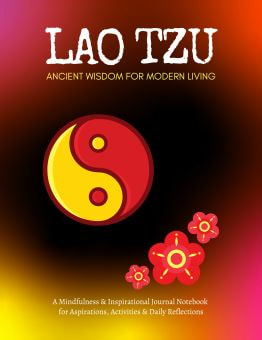Ghatasthapana is a significant ritual that is usually performed during Navratri. It is also known as Kalash Sthapana or Kalashsthapana. Ghatasthapana refers to the invocation of Goddess Shakti, i.e The Divine Mother Goddess Durga.
Ghata means "pot or container" and sthapana means "to establish". Combining both these words the literal meaning is to establish a pot.
Kalash, which is a special holy water holding container/vessel made of clay or metal, is placed at the prayer altar to symbolize the Mother Goddess Ma Durga. This Kalash is filled with holy water and is covered and decorated with various spiritual and holy articles like desi-cow dung (gobar) as well as various seeds and specific leaves.
Ghata means "pot or container" and sthapana means "to establish". Combining both these words the literal meaning is to establish a pot.
Kalash, which is a special holy water holding container/vessel made of clay or metal, is placed at the prayer altar to symbolize the Mother Goddess Ma Durga. This Kalash is filled with holy water and is covered and decorated with various spiritual and holy articles like desi-cow dung (gobar) as well as various seeds and specific leaves.
There are very specific muhurta (auspicious time) considerations which must be abided while establishing the Kalash- i.e. to do the Ghatasthapana. Ghatasthapana cannot be performed during Amavasya (no moon phase) or nighttime. Ghatasthapana can only be done during Pratipada (first day of the Shukla paksha- waxing moon), which is considered to be the most auspicious time.
In the event that such an auspicious time does not happen during the pratipada tithi (first day) particularly considering that these celebrations are done across the world with a Global Vedic-follower presence, then in that situation, Ghatasthapana may be performed during the Abhijit muhurta. But in any event, it is imperative that Ghatasthapana be done before the Vedic midday, and when Pratipada tithi prevails.
Another consideration that is done while selecting an auspicious muhurta is to preferably choose a dual nature rashi (zodiac) as the lagna. For e.g. dual-nature lagna like Kanya (Virgo) usually prevails during sunrise and because of this, if other conditions for selecting the Ghatasthapana time are favorable, then such a Kanya muhurta phase is preferred.
In addition, it is important to remember that Ghatasthapana should not be done at night, or after the mid-day has passed or basically after the first sixteen Ghatis (specific Vedic time-span calculation) in the day have passed.
ALL of this muhurta information can be obtained from the Vedic panchang. And particularly in our current modern day and age, appropriate muhurta times, which is dependent on the location, is usually provided in the Vedic panchang (almanac calendar) for that region.
In the event that such an auspicious time does not happen during the pratipada tithi (first day) particularly considering that these celebrations are done across the world with a Global Vedic-follower presence, then in that situation, Ghatasthapana may be performed during the Abhijit muhurta. But in any event, it is imperative that Ghatasthapana be done before the Vedic midday, and when Pratipada tithi prevails.
Another consideration that is done while selecting an auspicious muhurta is to preferably choose a dual nature rashi (zodiac) as the lagna. For e.g. dual-nature lagna like Kanya (Virgo) usually prevails during sunrise and because of this, if other conditions for selecting the Ghatasthapana time are favorable, then such a Kanya muhurta phase is preferred.
In addition, it is important to remember that Ghatasthapana should not be done at night, or after the mid-day has passed or basically after the first sixteen Ghatis (specific Vedic time-span calculation) in the day have passed.
ALL of this muhurta information can be obtained from the Vedic panchang. And particularly in our current modern day and age, appropriate muhurta times, which is dependent on the location, is usually provided in the Vedic panchang (almanac calendar) for that region.
Continue reading...
| |



